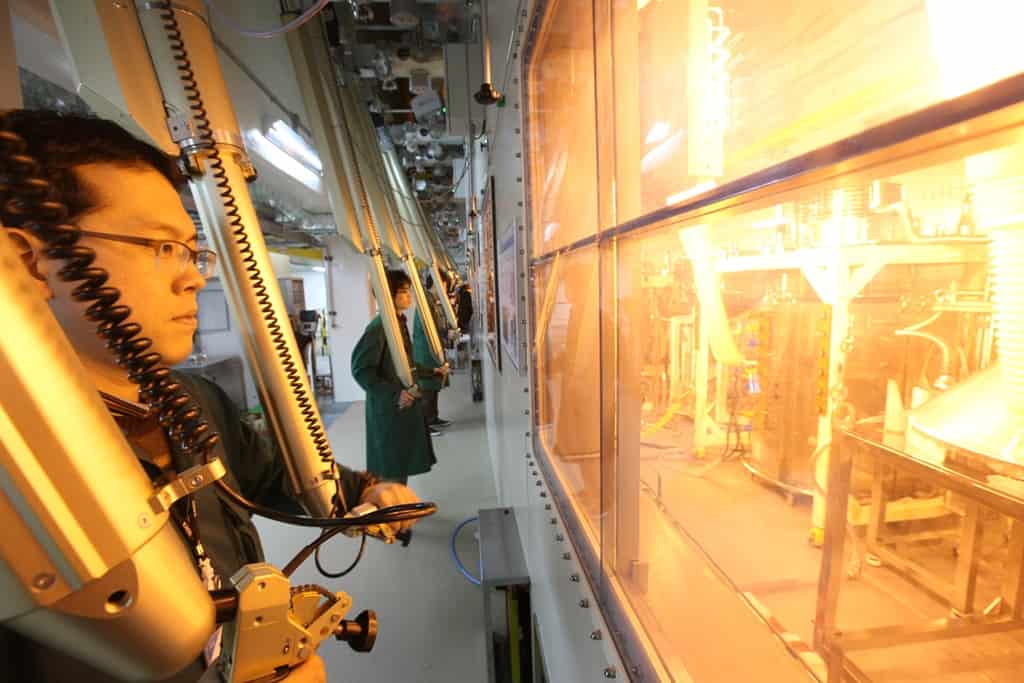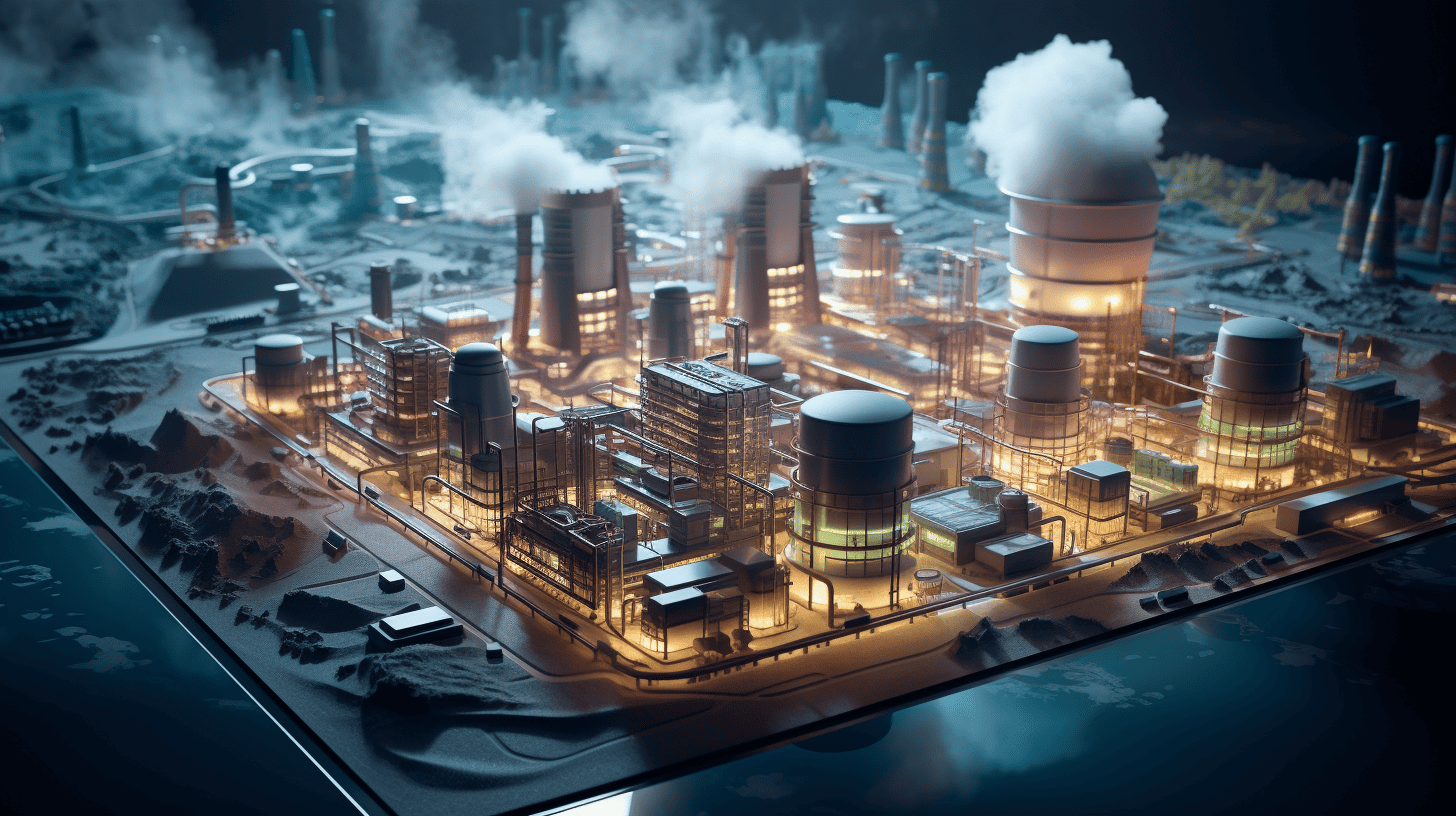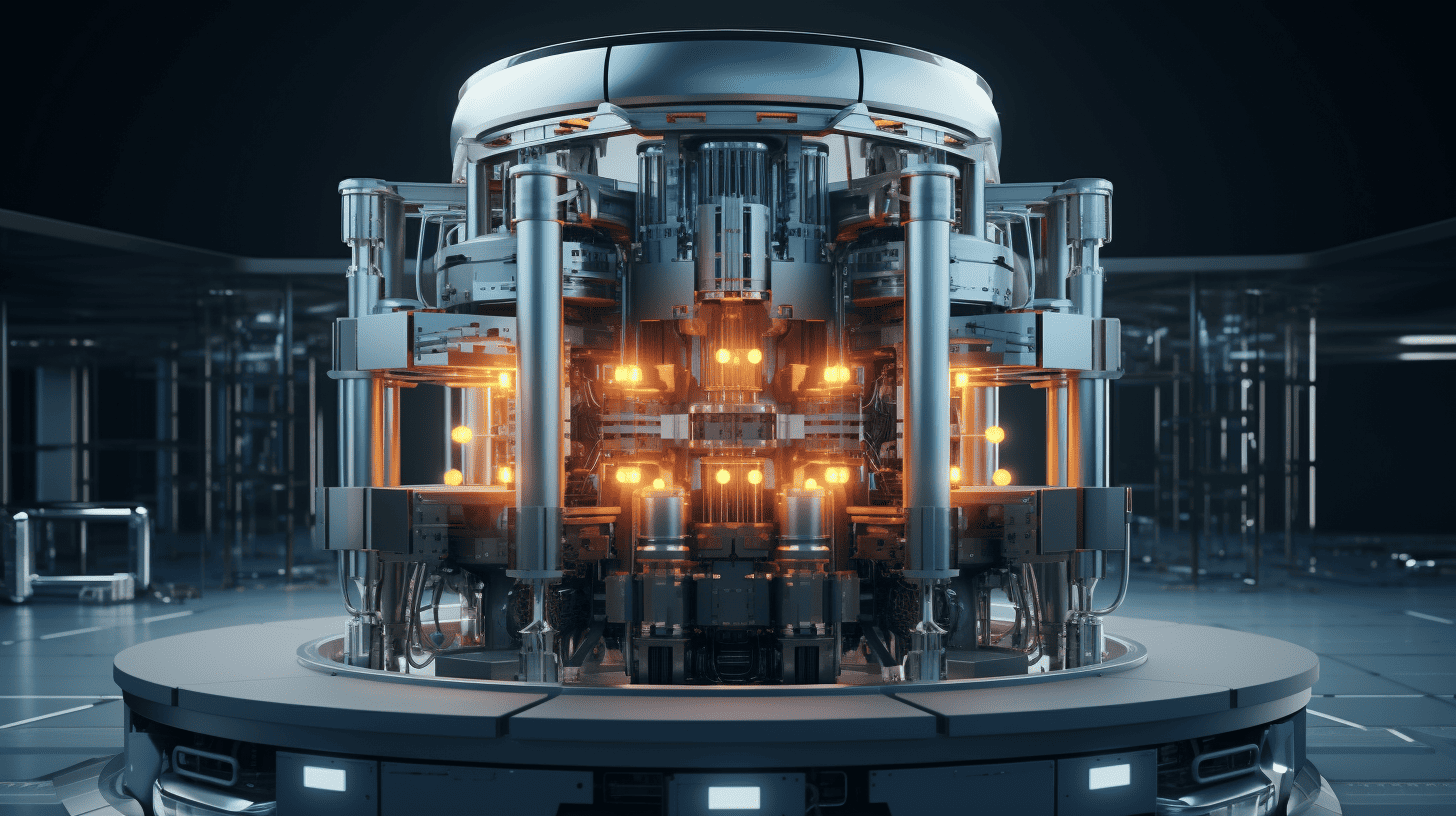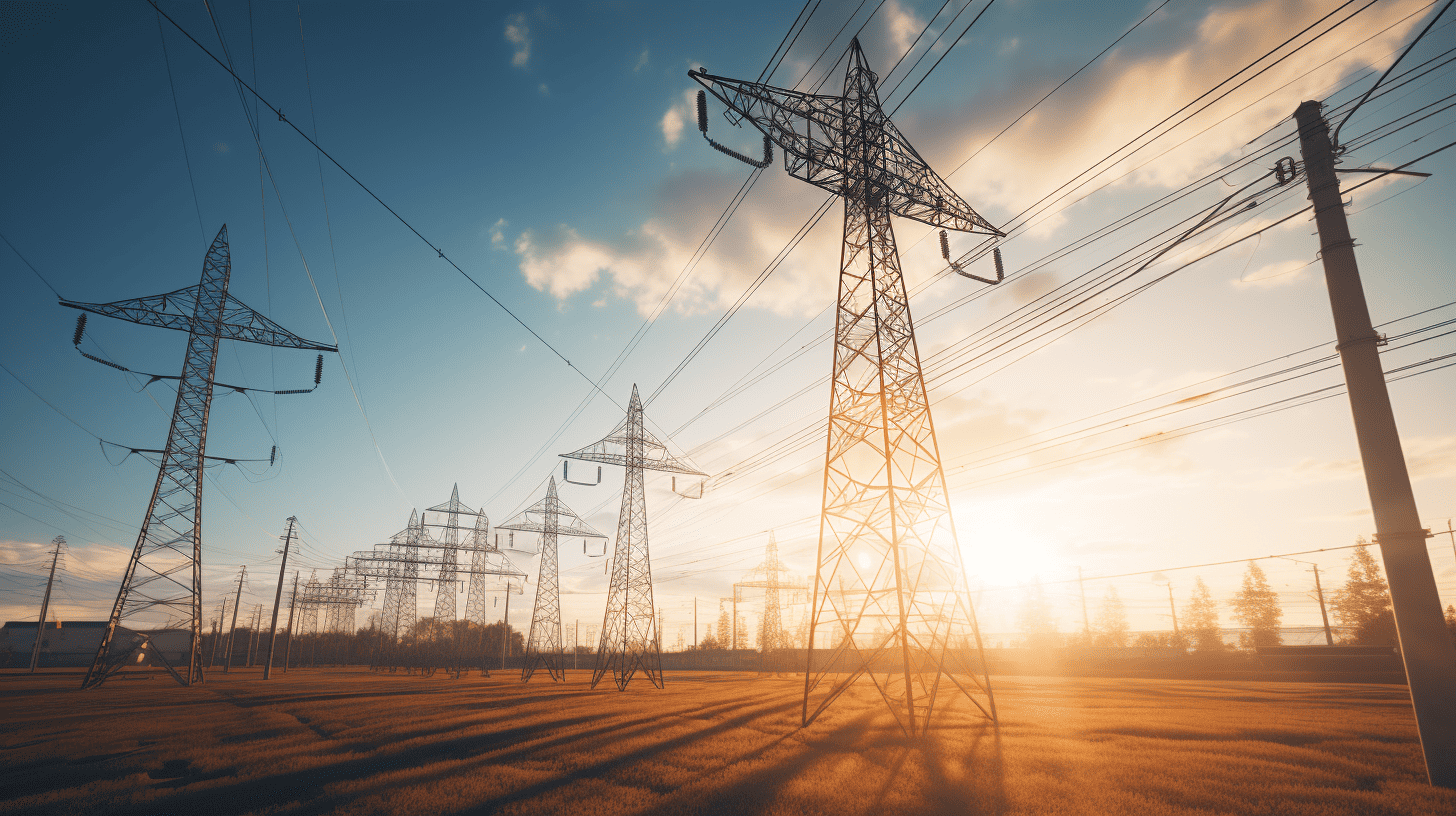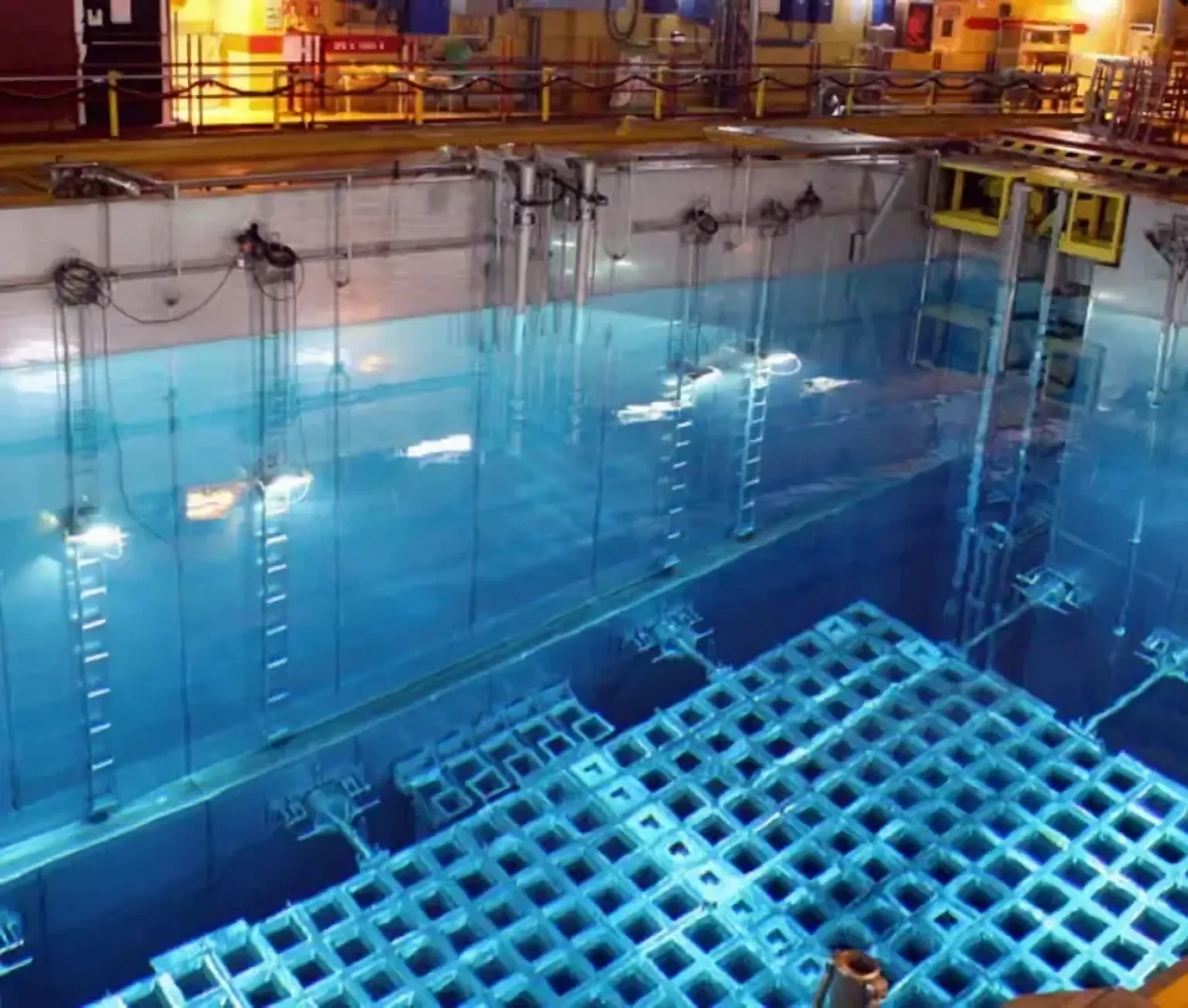
World Economic Forum (WEF) asked a group of international technology experts to identify this year’s Top 10 Emerging Technologies. After soliciting nominations from additional experts around the globe, the group evaluated dozens of proposals according to a number of criteria. Do the suggested technologies have the potential to provide major benefits to societies and economies? Could they alter established ways of doing things? Are they likely to make significant inroads in the next several years? “Technologies that are emerging today will soon be shaping the world tomorrow and well into the future – with impacts to economies and to society at large”, said Mariette DiChristina, Editor-in-Chief of Scientific American, and chair of the Emerging Technologies Steering Committee. In our constant lookout for the origins of innovation, IO will present WEF’s top-10 emerging technologies in a 10-part series. Today: Safer nuclear reactors.
After part 10 has been published, the whole series can be found here
Controlling carbon in the atmosphere will require a mix of energy technologies. Normally, we tell you all about wind power and even more about solar energy, but solutions might also include nuclear reactors. They emit no carbon but are seen as risky because of a few major accidents. That risk could be greatly reduced.
Overheated Zirconium
Commercial reactors have used the same fuel for decades: small pellets of uranium dioxide stacked inside long cylindrical rods made of a zirconium alloy. Zirconium allows the neutrons generated from fission in the pellets to readily pass among the many rods submerged in water inside a reactor core, supporting a self-sustaining, heat-producing, nuclear reaction.
Trouble is, if the zirconium overheats, it can react with water and produce hydrogen, which can explode. That scenario fed two of the world’s worst reactor accidents: the 1979 potential explosion and partial meltdown at Three Mile Island in the United States; and the 2011 explosions and radiation release at Fukushima Daiichi in Japan. (The Chernobyl disaster in 1986 was caused by faulty reactor design and operation.)
Manufacturers such as Westinghouse Electric Company and Framatome are hastening the development of so-called accident-tolerant fuels that are less likely to overheat – and, if they do, will produce very little or no hydrogen. In some of the variations, the zirconium cladding is coated to minimize reactions. In others, zirconium and even the uranium dioxide are replaced with different materials. The new configurations could be slipped into existing reactors with little modification, so they could be phased in during the 2020s. Thorough in-core testing, which has begun, would have to prove successful and regulators would have to be satisfied. In a bonus, the new fuels could help plants run more efficiently, making nuclear power more cost-competitive – a significant motivation for manufacturers and electric utilities because natural gas, solar and wind energy are less expensive.
Lucrative markets
Although nuclear power has stalled in the US and is being phased out in Germany and elsewhere, Russia and China continue building. These markets could be lucrative for the manufacturers of these new fuels.
Russia is also deploying other safety measures; recent installations at home and abroad by the state-run company Rosatom have newer “passive” safety systems that can squelch overheating even if electrical power at the plant is lost and coolant cannot be actively circulated. Westinghouse and other companies have incorporated passive safety features into their updated designs as well.
Manufacturers are also experimenting with “fourth-generation” models that use liquid sodium or molten salt instead of water to transfer heat from fission, removing the possibility of dangerous hydrogen production. China reportedly intends to connect a demonstration helium-cooled reactor to its grid this year.
(Most of this article is drawn from the 2019 Top 10 Emerging Technologies report)



